The United States is a big country. Its size, just slightly smaller than Europe, leaves plenty of room for cultural differences. Cuisine, religious belief, and language all shift in disparate parts of the U.S. But despite the variations, Americans tend to unite around one flag, a shared identity, and a cherished ethos of liberty and opportunity. Though there are many united states, there is one America. But this idealized conception comes apart when considering life expectancy.
As a team of researchers at the University of Washington (UW) revealed in an analysis published in November to The Lancet:
“One’s life expectancy varies dramatically depending on where one lives, the economic conditions in that location, and one’s racial and ethnic identity.”
When it comes to how long Americans can expect to live, the authors made a stark conclusion: We do not live in one America but rather ten different Americas.
Ten Americas
The researchers mostly hail from the Institute For Health Metrics and Evaluation, a leading public health research institution based at UW. They pored through numerous large datasets covering mortality between 2000 and 2021 and paired this information with detailed demographic data. Through this exhaustive analysis, they divided the country into ten Americas based on how long Americans can expect to live at birth.
- America 1 comprises the roughly 21 million Asians and Native Hawaiian or Pacific Islanders (NHPI) living in counties where the NHPI population was less than 30% of the total Asian and NHPI population in 2020. In 2021, they could expect to live 84 years at birth, compared to 83.1 years in 2000.
- America 2 is made up of Latinos living outside of Arizona, Colorado, New Mexico, and Texas. Its population is about 46 million. In 2021, these Latinos’ life expectancy was 79.4 years, down slightly from 80.4 in 2000.
- America 3 is essentially a catch-all group and includes the vast majority of white people as well as a sliver of Asians and American Indians who live in predominantly white counties. This group’s life expectancy was 77.2 years in 2021, essentially unchanged from 77.5 years in 2000.
- America 4 is made up of low-income white inhabitants of non-metropolitan counties in Iowa, Minnesota, Montana, Nebraska, North Dakota, and South Dakota. These roughly 300,000 Americans could expect to live 76.7 years at birth in 2021, down from 77.6 in 2000.
- America 5 comprises the 16.5 million Latinos dwelling in Arizona, Colorado, New Mexico, and Texas. In 2021, they had a life expectancy of 76 years, a sizable decline from 77.8 years in 2000.
- America 6 is inhabited by black Americans living outside of large, segregated metropolitan areas and not in the rural parts of the Deep South. They number about 32 million and could expect to live 72.3 years in 2021, compared to 72 years in 2000.
- America 7 represents black Americans living in highly segregated, large metropolitan areas. Its population numbers a little over 10 million. People living here had a life expectancy of 71.5 years in 2021, up from 70.6 in 2000.
- America 8 is made up of whites living in poor parts of Appalachia and the Lower Mississippi Valley. Its 10.3 million residents could expect to live 71.1 years in 2021, sharply down from 74.8 years in 2000.
- America 9 comprises the 2.1 million black Americans living outside of big cities in low-income counties of the Lower Mississippi Valley or the Deep South. Their life expectancy was 68 years in 2021, versus 70.5 years in 2000.
- America 10 represents American Indians and Alaska Natives inhabiting the Midwest or western states not bordering the Pacific Ocean. These 1.3 million people had a shockingly low life expectancy of 63.6 years in 2021, cratering from 72.3 years in 200.
Tales of longevity inequality
Numerous narratives jump out when examining these ten Americas within the United States. First and foremost, there’s a 20.4-year gap in life expectancy between the Asians and Native Hawaiian or Pacific Islanders who make up America 1 and the American Indians and Alaska Natives dwelling in America 10. This gap between the longest-living and shortest-living Americas was 12.6 years just two decades prior.
“This gulf was large at the beginning of the century, only grew larger over the first two decades, and was dramatically exacerbated by the COVID-19 pandemic,” the authors commented.
Americans who live the shortest tend to dwell in lower-income and rural counties with reduced access to healthcare. They’ve succumbed in greater numbers to obesity and opioid addiction. This stagnated life expectancy gains in the 2010s and rendered these Americans uniquely susceptible to death from COVID-19 in the early 2020s.
Second, there is a serious health crisis in America 10. American Indians and Alaska Natives dwelling in mostly western states saw their life expectancy consistently decline throughout the century, even before the pandemic. Their life expectancy of 63.6 years in 2021 is similar to that of citizens of Mozambique, whose country is currently in a state of civil war. The researchers cited some statistics that could explain this tragic trend. For starters, roughly one in five of these individuals have health insurance, compared with about 92% of Americans overall. Moreover, they’re plagued by higher unemployment and lower rates of educational attainment, fueled by hundreds of years of systemic discrimination. These deficits of opportunity lead to excessive alcohol consumption, tobacco use, injuries, and poor dietary habits.
Third, black Americans as a whole do not dwell in the top five longest-living Americas. The researchers noted that they did make strong gains in life expectancy in the 2000s, significantly narrowing the gap with white Americans. Improvements in education, falling HIV/AIDS deaths, and lower homicide rates contributed. But these gains evaporated in the latter half of the 2010s, owing to rising obesity, a pick-up in homicides, and outsized harm from COVID-19.
Lastly, Asians and Native Hawaiian or Pacific Islanders definitively outlive other Americans. Is there anything we can learn from them? A confluence of factors may be at play. They tend to have relatively higher socioeconomic status, lower rates of obesity, and the lowest smoking rates of any racial group in the U.S. Healthier traditional cooking may also contribute to their longevity.
Closing health disparities
Overall, the study reveals that a shocking life expectancy divide in the United States has widened to a chasm.
“The extent and magnitude of health disparities in the USA are truly alarming,” the authors wrote. “In a country with the wealth and resources of the USA, it is intolerable that so many are living in conditions and with health outcomes akin to those of an entirely different country.”
America, the richest country on Earth, has a middling average life expectancy, ranking 48th out of 200 countries. Yet tens of millions of people living in some parts of the country live just as long as the healthiest people in the world. Observing them, we have a good idea of how to boost the life expectancy of everyone else: Access to healthcare, opportunity, and quality education is paramount. This simply takes resources, of which the U.S. has plenty.
The researchers call for a massive effort to raise the life expectancy of ailing Americans, thus reunifying the country from ten Americas back into one.
“It is time for us to take collective action; to invest in equitable health care, education, and employment opportunities; and to challenge the systemic barriers that create and perpetuate these disparities.”
This article When it comes to life expectancy, there are 10 Americas is featured on Big Think.

The post “When it comes to life expectancy, there are 10 Americas” by Ross Pomeroy was published on 12/04/2024 by bigthink.com







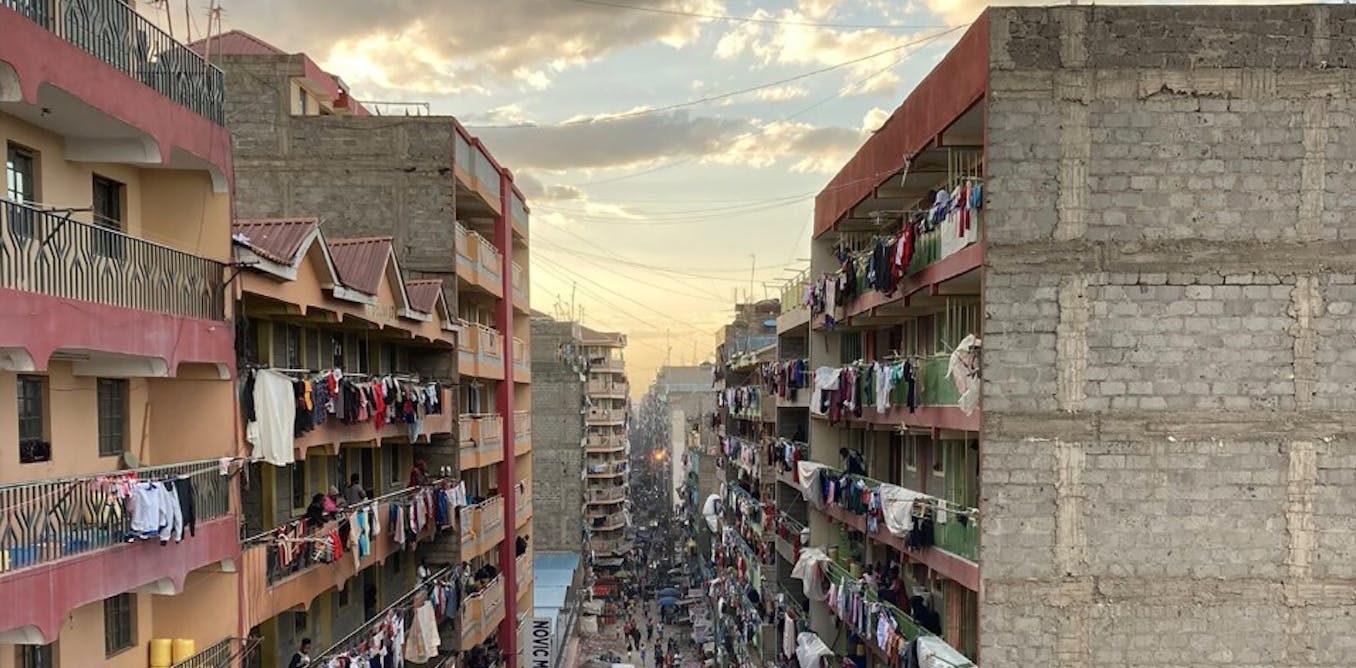


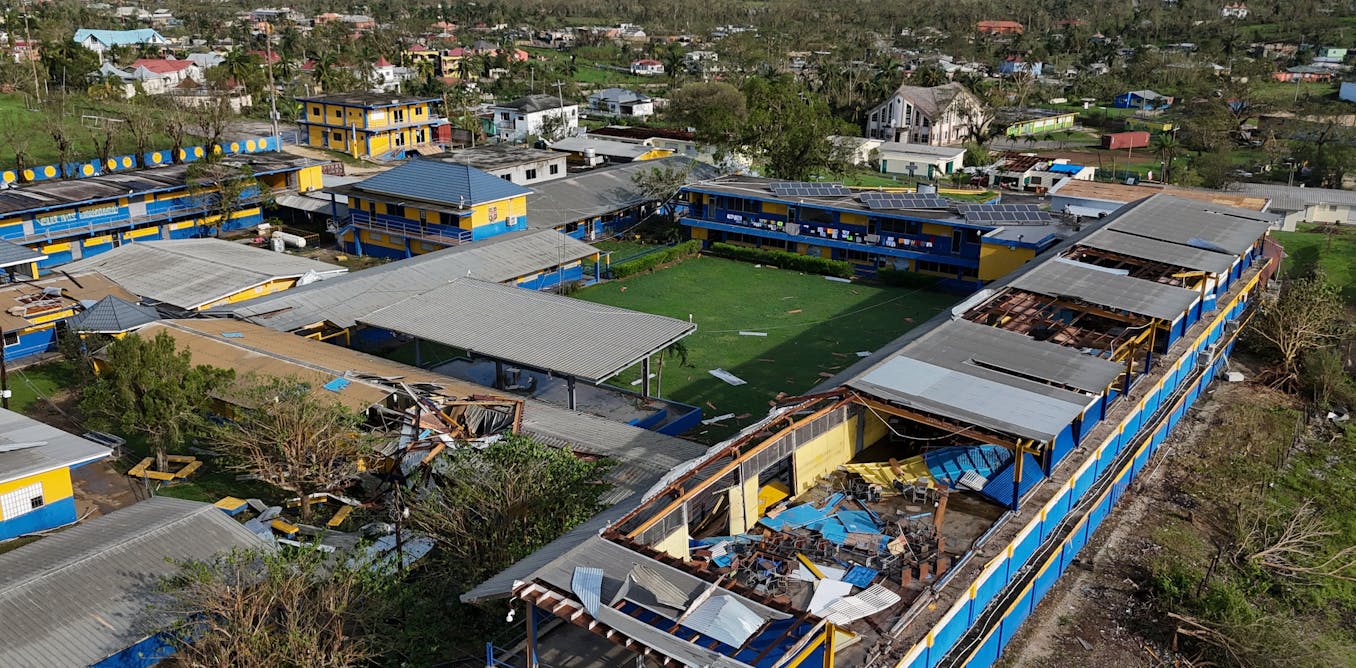

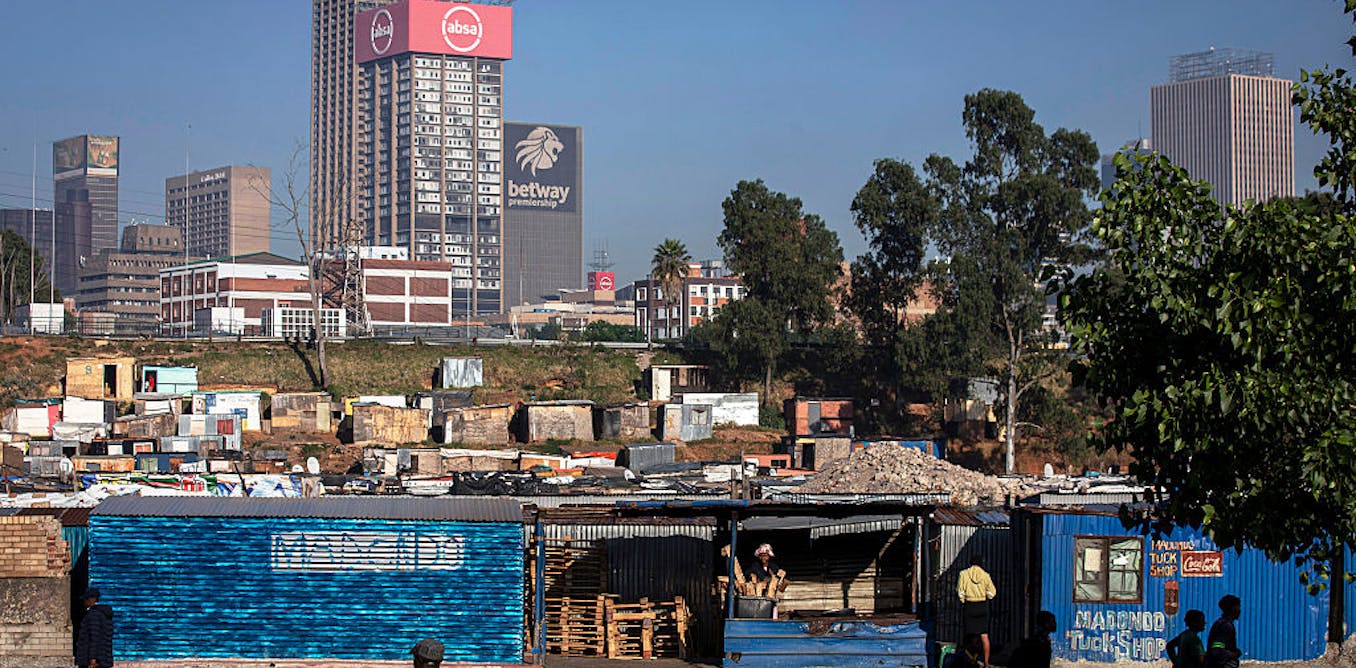
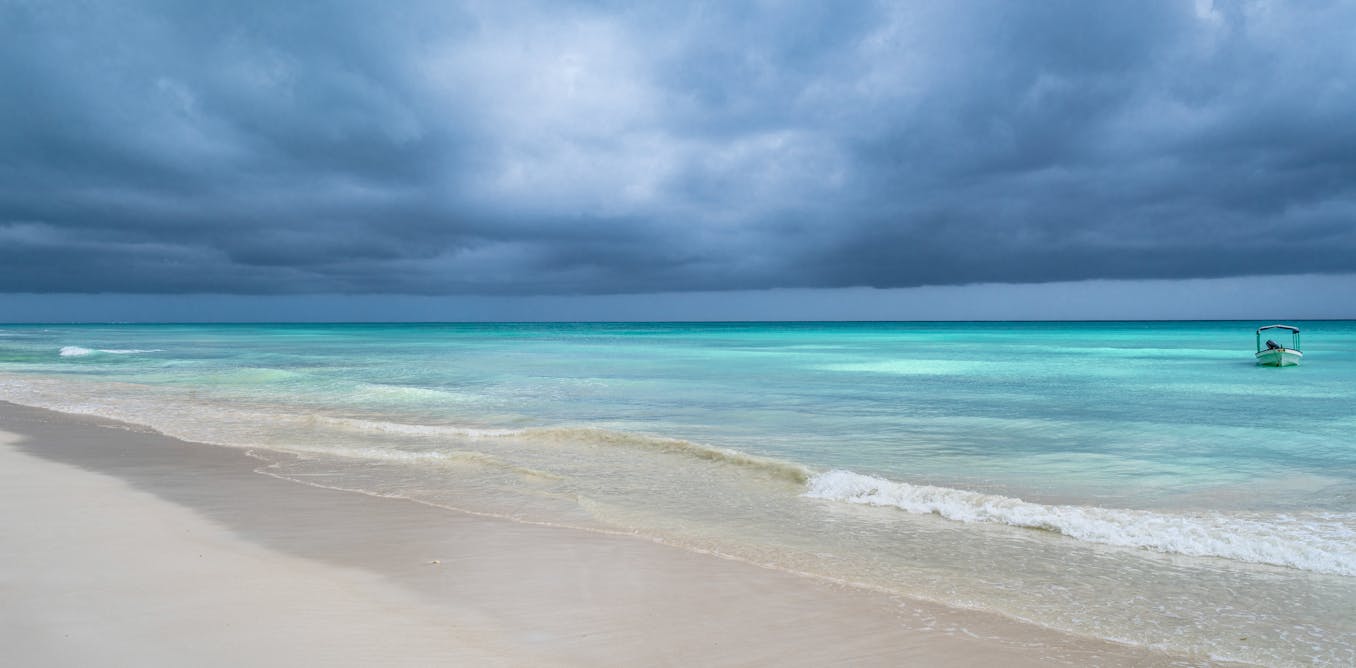




















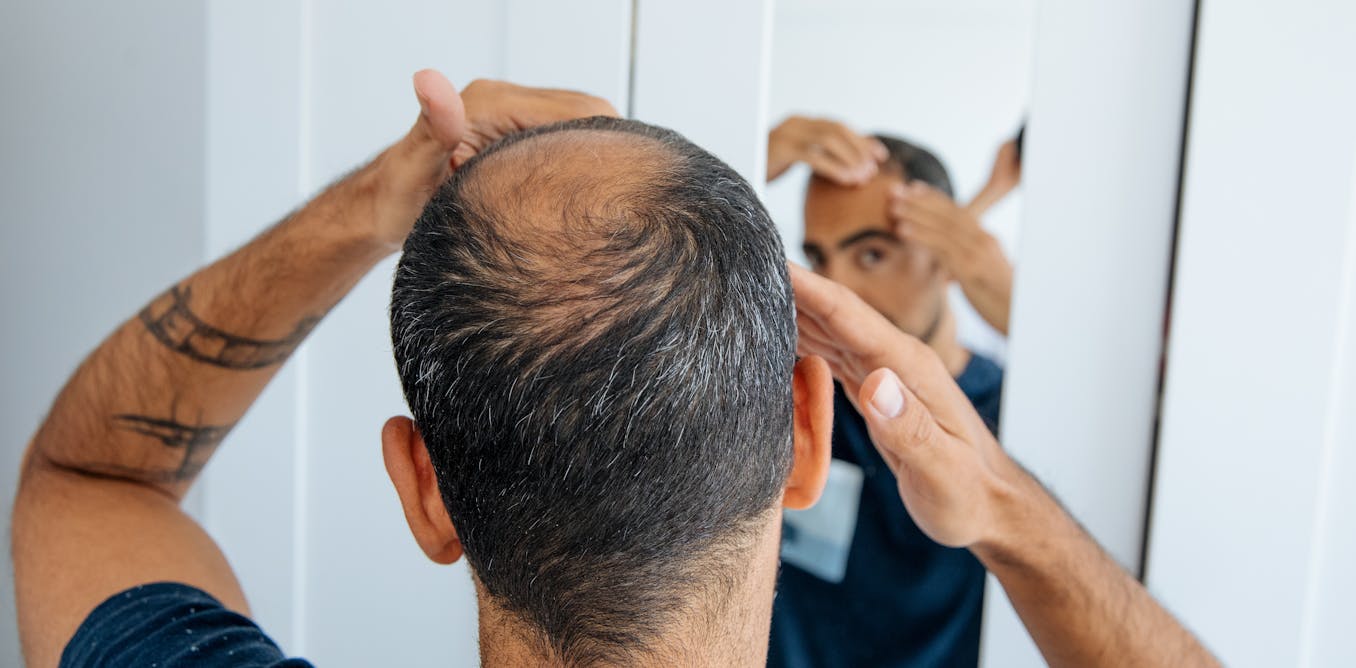


Leave a Reply